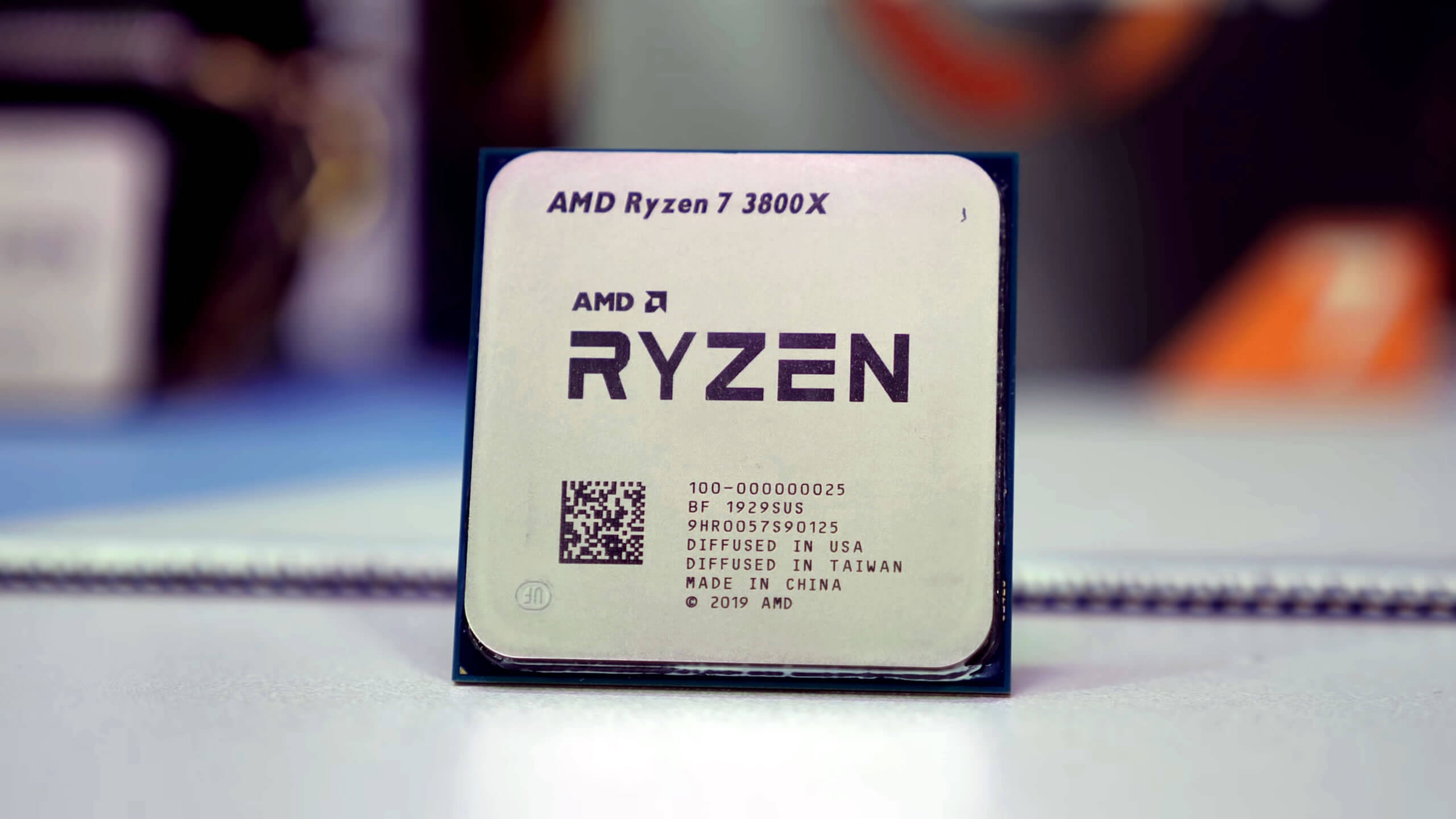- Joined
- Dec 3, 2019
- Messages
- 700 (0.35/day)
- Location
- Crawley
| System Name | 3900x |
|---|---|
| Processor | AMD Ryzen 3900x |
| Motherboard | Gigabyte Aorus X470 gaming 7 WiFi |
| Cooling | Alphacool XT45 420mm Rad, 3 noctua 140 industrial 2000, EKWB EK-Quantum Kinetic TBE 200 D5 PWM |
| Memory | 32GB (4 x 8GB) Corsair 3200 C16 Dominator Platinum OC to 3733 16-16-16-32-48 |
| Video Card(s) | Gigabyte Aorus GeForce® RTX 2070 Super |
| Storage | Samsung Evo 970 1TB NVMe M.2 SSD, Intel 660P 2TB NVMe M.2 SSD , Samsung 2TB 860 QVC |
| Display(s) | AOC Q3279VWFD8 |
| Case | Thermaltake View 71 |
| Audio Device(s) | Sound Blaster G6 |
| Power Supply | Seasonic Titanium 1000W with cable mods cables |
| Mouse | Corsair Dark Core SE & Logitech G815 Keyboard |
| Keyboard | Logitech G815 |
| Software | wIn 10 Pro possibly Manjaro at some point |
messing with PBO and its limits is useless (outside fixing broken bios), as multiple sites have tested even with the top boards from msi/asus/gigabyte,
all more or less limited by voltage/heat transfer (away from chip).
major reason why it should be on auto (and bios sees it as OFF but still uses PB).
@lorry
i had looked into bios settings for my board and came across posts saying some of the latest updates
wouldnt wipe settings with bios update, even when removing bios battery/clearing cmos.
backup your bios settings (pics with ur phone?!),
put the latest bios on a usb stick (no matter if u r already using it), reboot and load defaults then shutdown.
use Qflash to flash the bios again, reboot and load the default/optimized bios settings, save them, reboot again.
now change settings to your liking...
for what reason though?
As that is pretty much what has already been done
latest bios was flashed by myself (F50), optimized settings used and then edited to the current settings





